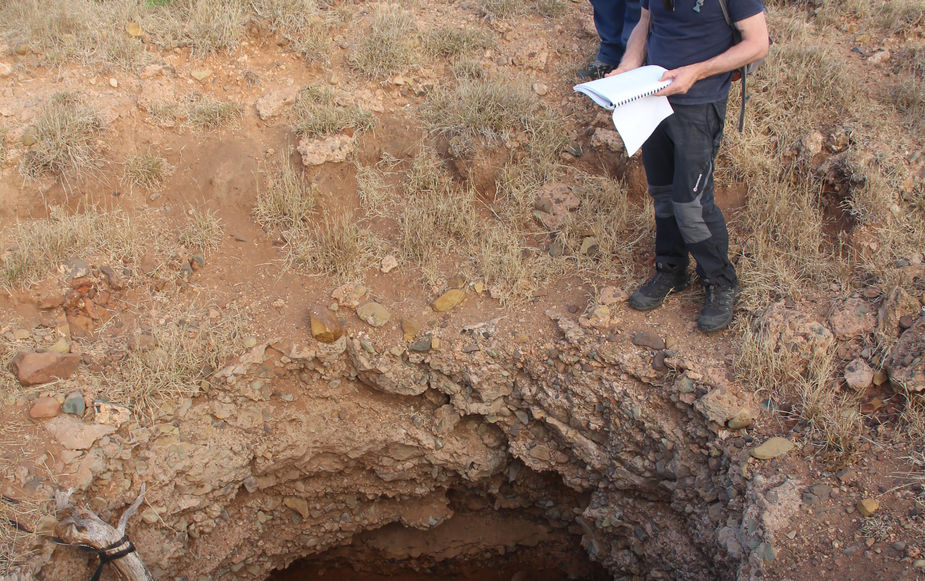

Al Paterson, Alexander Burcham, Annie Carson, Emma Beckett, Ken Mulvaney, Jo McDonald
The historical settlement at West Lewis Island includes ruined stone structures from a nineteenth-century pastoral station. Why was this desert island chosen for sheep farming? We sought evidence for early interactions between pastoralists, pearlers and Aboriginal people.
Our goal for this investigation was to determine the functions of the built structures through excavation, analysis, and further historical research. We also analysed the rock art around the settlement to see how this compared to rock art across West Lewis Island more widely (see Chapter 10). We now have a better understanding of how this pastoral settlement fits in the history of the archipelago.

Our investigation suggests colonial occupation began here in the late 1870s and continued until the late 1880s or early 1890s.
Sheep pastoralism was the primary activity at this place, with some pearling also in evidence. Cyclones destroyed some of the buildings and sank the boat used for pearling.
Aboriginal divers, workers and visitors lived at the settlement.
Marking behaviours in and around the buildings are by Aboriginal people before and during pastoralism, as well as colonial occupants and historical visitors (e.g. the WAM’s John Tunney in 1901).
Metal implements were used to create both post-contact and traditional art imagery.
A man with the surname Sustenance has written his name on one of the buildings; we know from court records that he was implicated in the killing of a Kimberlely Aboriginal man brought to West Lewis Island.

Click on each photo to learn more
All photographs within this monograph were taken by CRAR+M researchers, partners and students, and have been given cultural approval for publication by Murujuga Aboriginal Corporation. Future use of imagery would require additional permissions from Murujuga Aboriginal Corporation and CRAR+M.
© 2022. This work is licensed under a


















